Scale and proportion are fundamental principles in interior design that play a crucial role in creating visually pleasing and well-balanced spaces. They involve the relationship between the size of objects, furniture, and architectural elements within a room. Here's how you can effectively use scale and proportion in interior design:
Understand the Space: Before designing a room, carefully assess its dimensions, including the height, width, and length. Understanding the size of the space will help you determine the appropriate scale for furnishings and decor.
Create a Focal Point: Start by establishing a focal point in the room, such as a fireplace, artwork, or a striking piece of furniture. This focal point will guide your decisions on scale and proportion

Select Appropriate Furniture: Choose furniture that suits the scale of the room. Avoid oversized furniture in small spaces, as it can make the room feel cramped. Likewise, in larger rooms, small furniture pieces may look out of place and insignificant
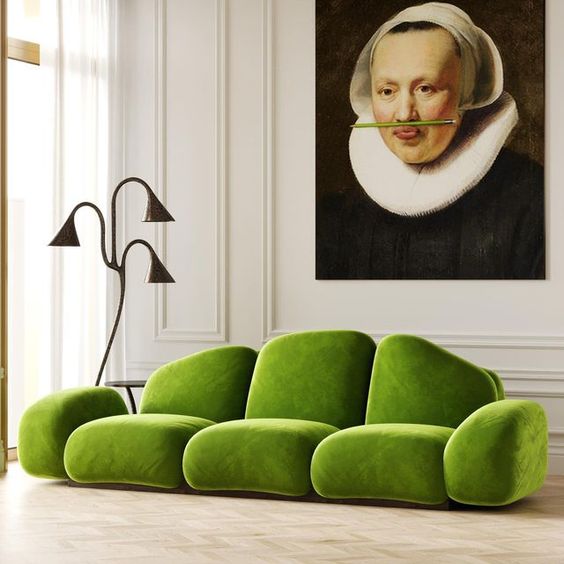
Consider Ceiling Height: Pay attention to the height of the ceilings when selecting furniture and decor. Taller ceilings may call for taller furniture and larger artwork to balance the vertical space
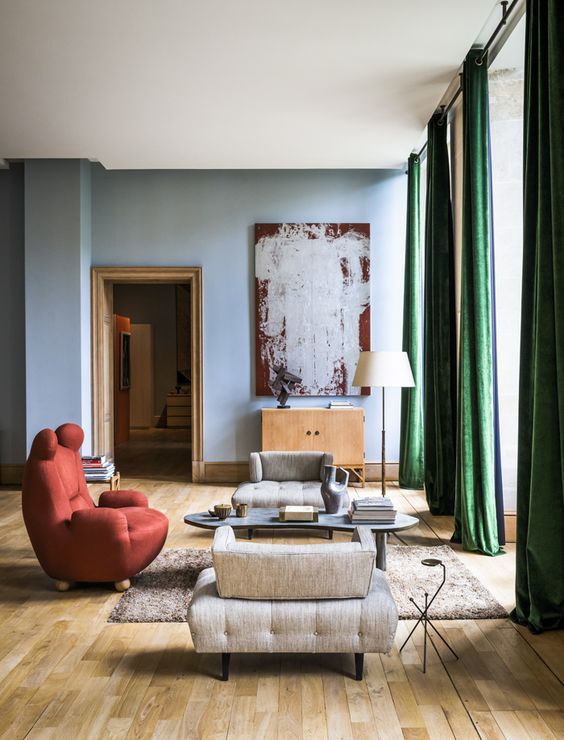
Maintain Balance: Aim for visual balance by distributing elements of similar visual weight throughout the room. For example, if you have a large sofa on one side, balance it with an arrangement of multiple smaller chairs or a substantial piece of artwork on the opposite side
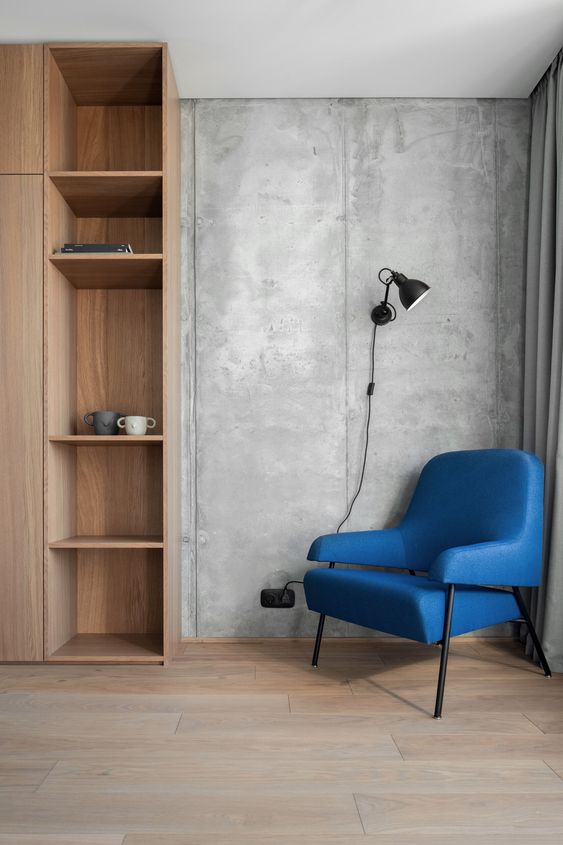
Mix Different Scales: Combining different scales and proportions can add visual interest to a room. However, ensure there is an overall sense of harmony and coherence

Pay Attention to Architectural Elements: Work with the existing architectural elements in the room. For instance, tall windows may call for taller curtains or drapes to maintain proportion, while low ceilings may benefit from low-profile furniture to avoid overwhelming the space
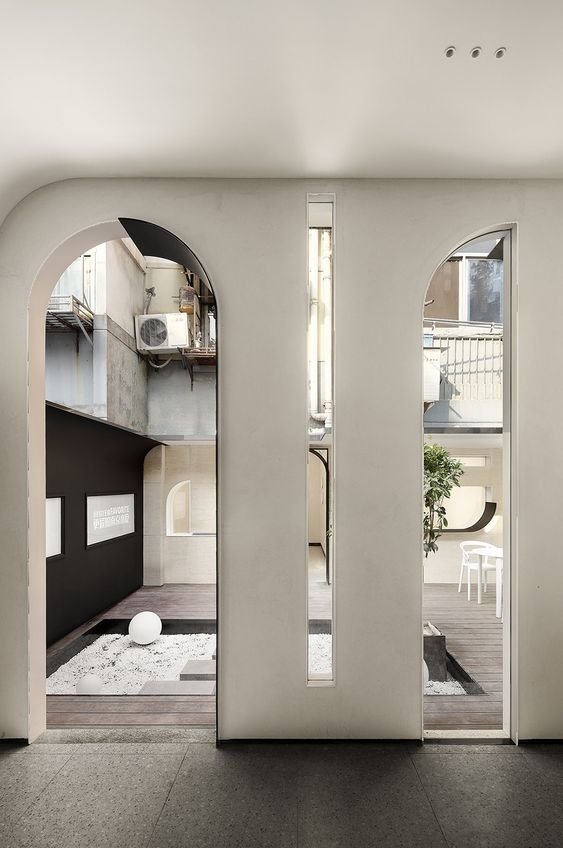
Use Rugs Wisely: Rugs can define areas within a room, but their size and placement matter. A too-small rug can make the furniture look disconnected, while a too-large rug can overpower the space.
Consider Human Scale: Take human scale into account when arranging furniture. Ensure that chairs, sofas, and tables are at a comfortable height and distance from each other to promote ease of use and movement
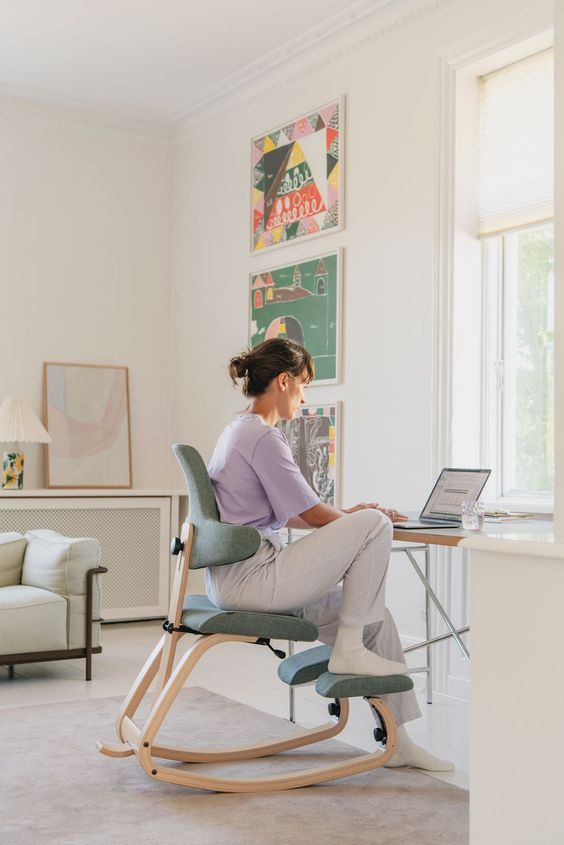
Be Mindful of Accessories: Decorative accessories, such as lamps, vases, and artwork, should also be proportionate to the surrounding furniture and the room as a whole
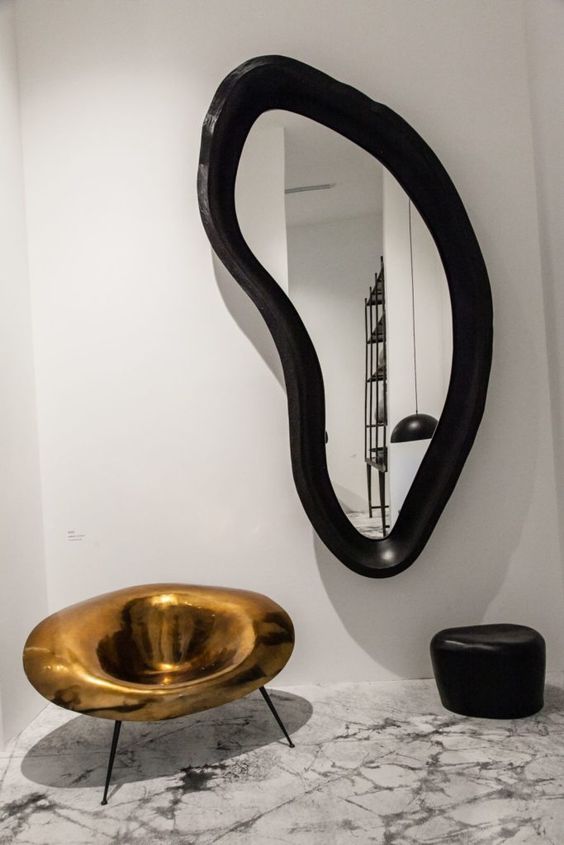
Test and Adjust: Experiment with different arrangements and furniture sizes to find the best fit for the space. Don't hesitate to make adjustments until you achieve a well-balanced and harmonious design.
By carefully considering scale and proportion, you can create inviting and visually appealing interior spaces that feel comfortable and harmonious.










